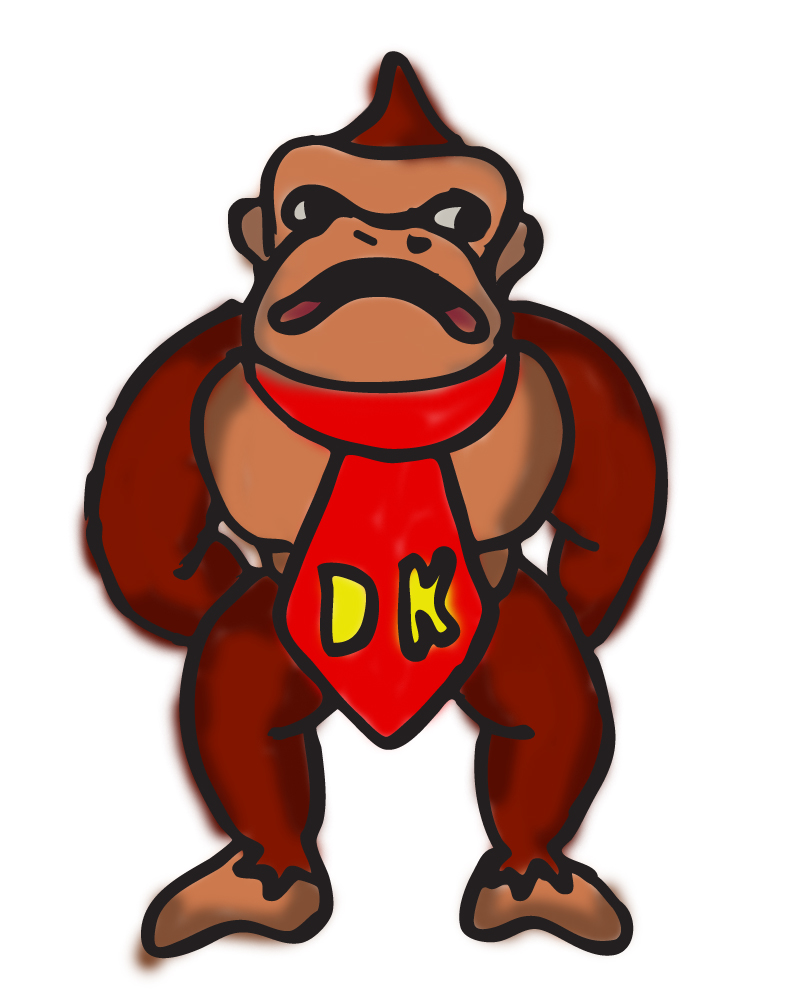
I. Development
In the early 1990s, Nintendo was facing stiff competition in the North American home console market from competitor Sega’s Genesis. Nintendo’s 16-bit console, the Super Nintendo, which succeeded the original, hyper-successful Nintendo Entertainment System and launched in 1991 in North America, was undeniably powerful at the time, but Nintendo had maintained what many viewed to be an antiquated aesthetic. Games like Super Mario World and The Legend of Zelda: A Link to the Past were unabashedly colorful and cute and quintessentially Japanese. Through an ingenious ad campaign, Sega distinguished themselves as the game developer for rollerbladers, Luke Perry, and other assorted 90s badasses. If Nintendo were the Beatles, then Sega were the Rolling Stones. Mario? That was Kid Shit, and Nintendo—perpetually insulated from trends, its developers siloed off in Neverland—couldn’t fire back.
They turned to a small game developer called Rare—then, Rareware—located in the similarly small English village of Twycross. The company’s founders—brothers Tim and Chris Stamper—had discovered a way to compress scrupulously rendered 3D models and backgrounds onto a Super Nintendo cartridge. Their pitch was given the green light by Nintendo, and Rare were licensed a Nintendo property—in this case, Donkey Kong—for a game that would serve as the guinea pig for this new technology.
The result was Donkey Kong Country. At 9 million units sold, Donkey Kong Country is the second best-selling Super Nintendo game of all time. With Donkey Kong Country, Rare disinterred Donkey Kong—who was at that point remembered mostly for being Mario’s first antagonist in the titular arcade game from 1981—and catapulted his dusty corpse towards the vanguard of leading video game mascots. DKC proved the Super Nintendo’s technological and cultural superiority over the Sega Genesis. Its release date was surely the first of many dark days for Sega.
Nintendo would go on to acquire 49% of Rare. During the Nintendo 64 era, the developer proved to be an invaluable asset to Nintendo. Five of the top 20 best-selling Nintendo 64 games are Rare titles; Donkey Kong 64 sits snugly at 7th place, having sold a whopping 5.2 million units. Rare was one of the preeminent game developers of the late 90s, if not the preeminent Western game developer of the late 90s.
Donkey Kong 64 was Nintendo’s marquee title during the 1999 holiday season, and a massively ubiquitous ad campaign surrounded the game. For a brief moment, Donkey Kong 64 commanded the playground; it was on everything from Lunchables to cans of Dr. Pepper. It promised to be bigger, better, and more badass than any 3D platformer that preceded it. (Case...
You have reached your article limit
Sign up for a digital subscription and continue reading all new issues, plus our entire archives, for just $1.50/month.
Already a subscriber? Sign in




